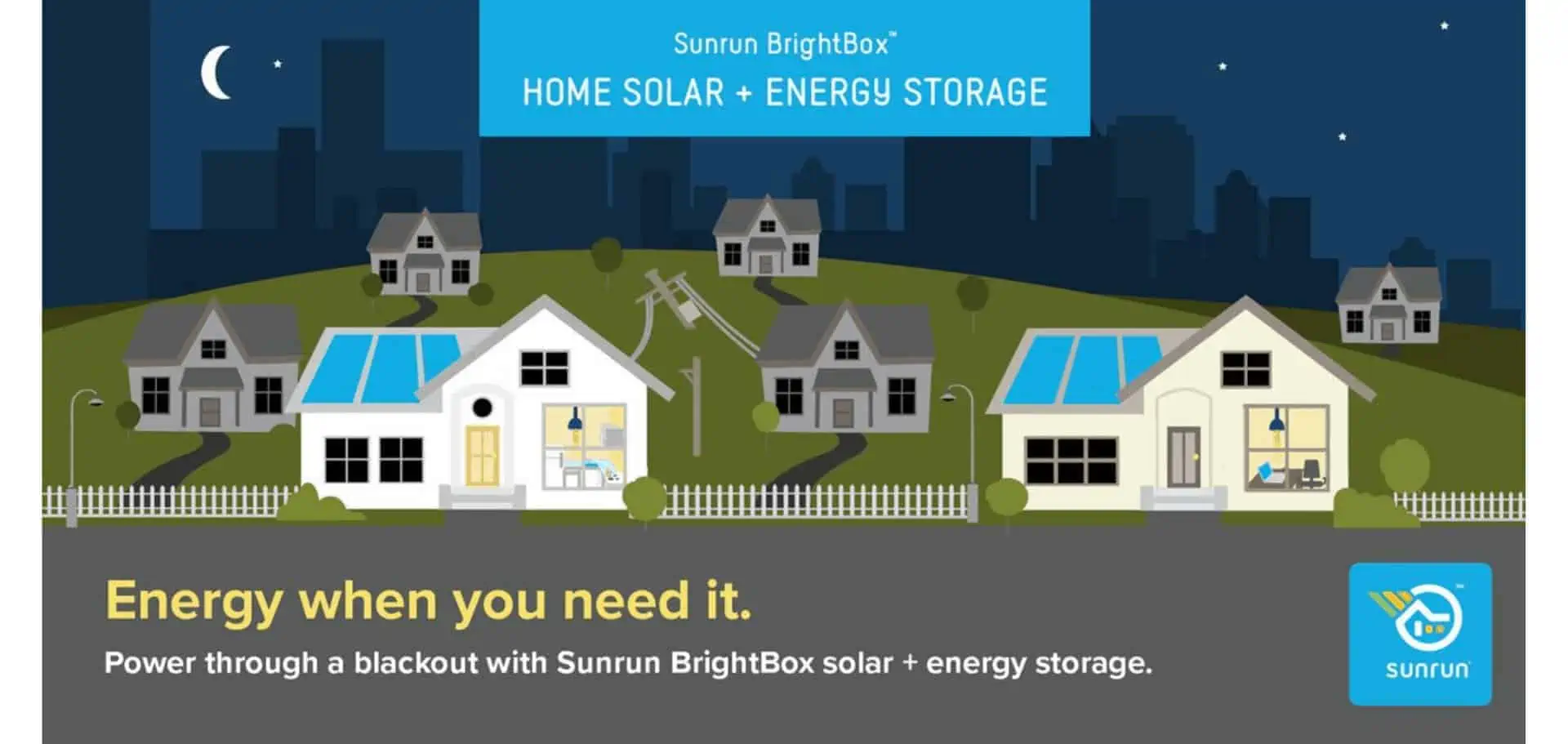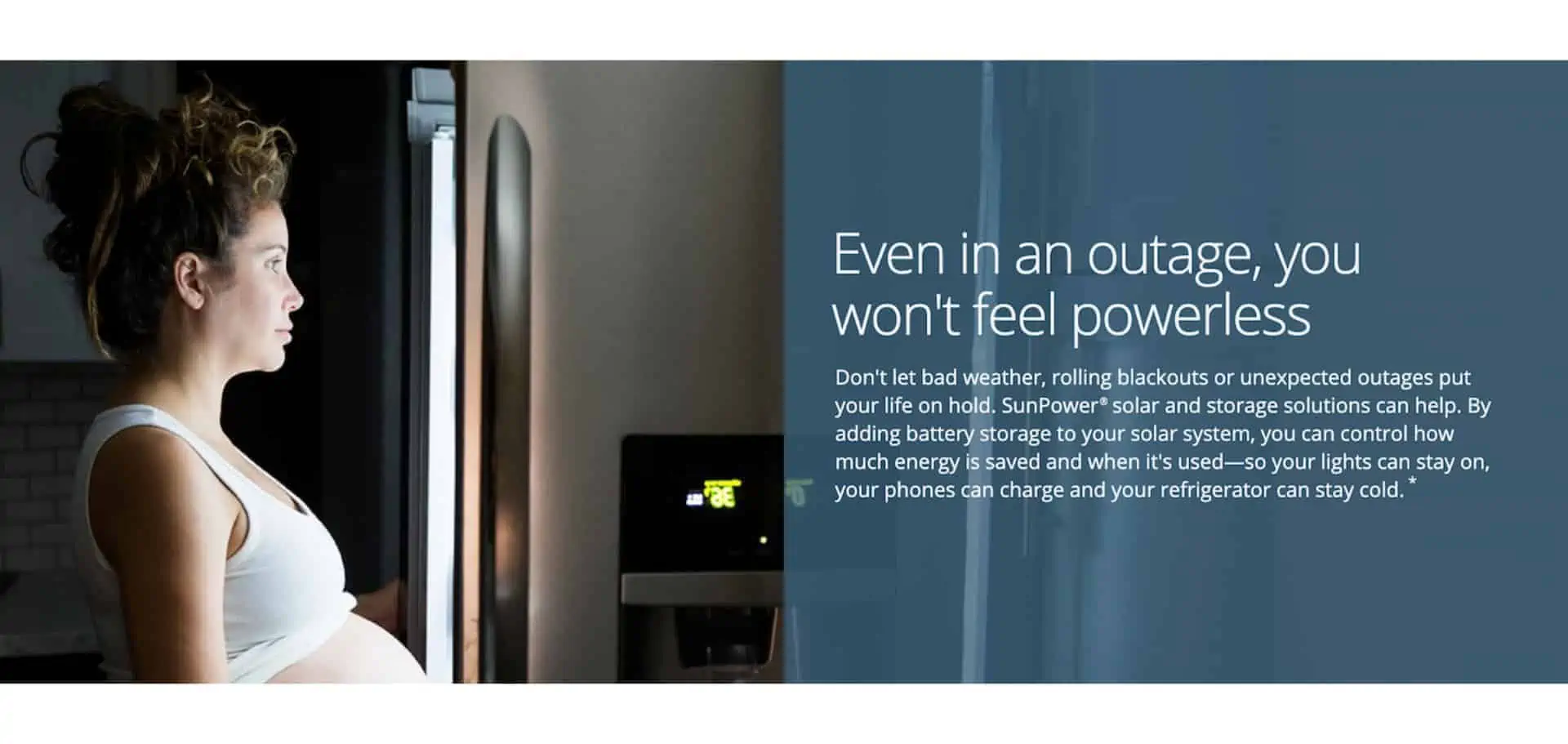Battery storage is becoming increasingly popular, and while most installers offer storage as part of their solar solutions, many don’t have a clear process for how to quote and sell storage.
In Greentech Media’s recent webinar, “How to Grow Your Solar Business with Storage (Backed by Data),” solar experts from Generac and Aurora Solar shared their tips on how installers can successfully pitch storage to bring in more revenue.
In this post, we’ll cover the three key steps that were discussed in the webinar and show you how to position storage to prospective customers.
You can also watch the full storage webinar on-demand here.
Step #1: Sell Peace of Mind
According to Aurora’s research, the primary motivator for purchasing battery storage is “peace of mind.” However, what we’ve found is that “peace of mind” means different things to different buyers.
That’s why it’s crucial to identify exactly what your specific customer needs before you try to sell them on storage as a solution. There are three main motivating factors that equal “peace of mind:”
- Energy Resilience
- Personal Safety and Wellbeing
- Local Emergencies and Disasters
It’s important to tailor your messaging to whichever of these three motivating factors resonates with your specific customer. Here’s how:
Energy Resilience
Many homeowners today work from home due to COVID-19. In fact, 42% of the US labor force now work from home full time. This trend has effectively made our homes into offices, schools, and daycare centers.
As a result, we rely on our home’s power now more than ever before. Leading solar installers are using this trend to pitch storage as a way to boost energy resilience. Here’s an example of how Sunrun positions their solution in their marketing accordingly:
Personal Safety and Wellbeing
For some people, having access to power can be a matter of life and death. Today, many Americans need electricity for medical reasons, and having storage can make those homeowners feel safe by taking away the worry of a potential outage.
Here is an example from SunPower in which they position solar storage as a safety purchase:
Local Emergencies and Disasters
One of the most common reasons people buy storage is to protect themselves from disasters. Homeowners are increasingly becoming at risk for blackouts due to natural disasters. In those cases, battery storage can provide a sense of security knowing that should the grid go down, they’ll still have access to power.
An example of a well-positioned storage message is by Ipsun Solar. In the marketing message, the solar company references local storms going on in the area and leads with the headline “Severe Thunderstorms? Get some peace of mind with Tesla Powerwall.”
Step 2: Know Your Offering
When it comes to selling storage, it is crucial to be well prepared. Jeff McAndrew, Director of Sales from Generac, shared some advice during the webinar on how to confidently pitch storage to homeowners and not be caught off guard when they ask questions about the product.
He suggests doing your research not just on the product – its features, advantages, and benefits – but also on the prospect.
If, for example, the customer has mentioned that they want a reliable manufacturer, bringing up the history of the company, the number of homes this brand is backing up across the country as well as any awards or accolades can be highly beneficial. Emphasizing this, in addition to local rebates and incentives, will usually build the trust needed to close the sale.
Step 3: Streamline Your Sales Process
Despite the increase in demand for storage, many installers are still struggling to find an efficient process for selling solar + storage. There’s no standard approach in the industry today, and installers often have to use multiple tools to create a single proposal, sometimes even having to pay for additional software just to close a sale.
As a response to these challenges that installers face, Aurora has added a dedicated battery storage feature to their platform. The new storage feature allows users to analyze load offset, calculate the overall system price (solar + storage), and make battery sizing recommendations from one of the largest battery and inverter databases in the industry.
The tool also makes it easy to create a custom proposal with accurate backup sizing based on what the customer needs. It has a built-in backup calculator that shows you – in real time – the battery system price and size of batteries needed for the customer, allowing you to scale up and down for the client based on what they prefer and what their budget is.


